
Category:
Time:
Mid and near infrared (MIR and NIR) spectroscopy possess useful properties in relation to screening of food products for deviations: they create unique fingerprints of unknown samples, which can be used to classify if the samples are normal or of deviating composition; and they produce rapid results with minimal sample preparation. These properties, in combination with chemometric pattern recognition techniques, are prerequisites for the creation of powerful screening methods for detecting both intended and unintended adulteration of food.
The benefits of the creation of an adulteration screening system based on MIR, NIR, or other spectroscopic methods are obvious. The challenge is how to maintain the system and to ensure that the results are used correctly and trusted by the users.









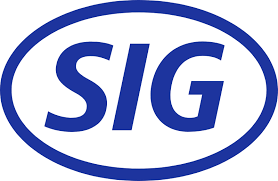




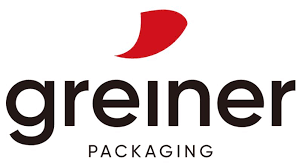
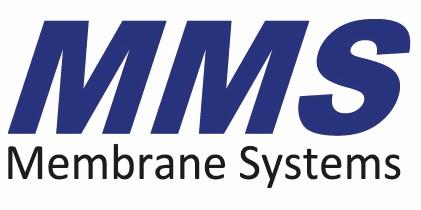



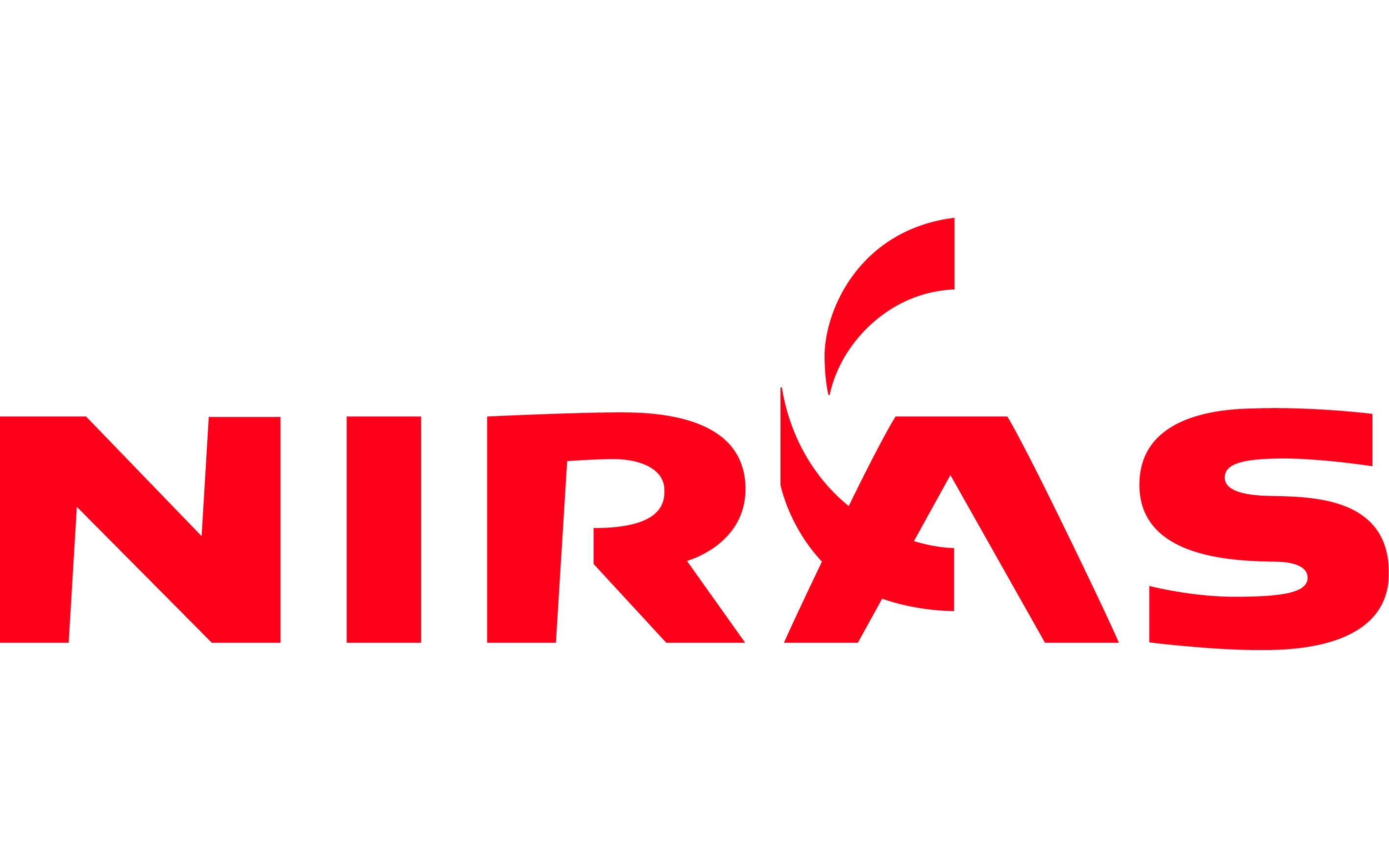









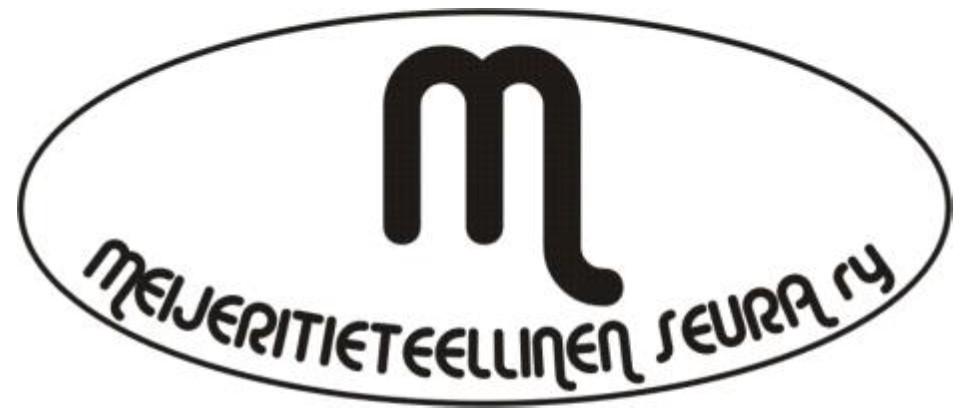


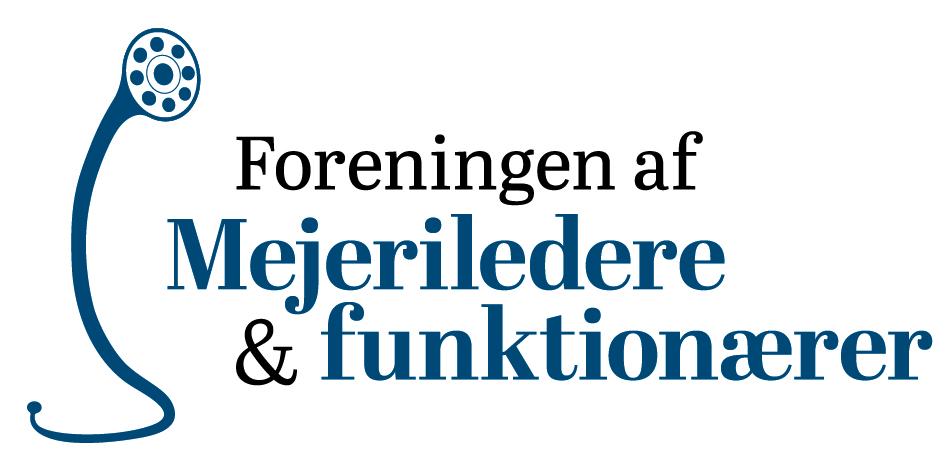



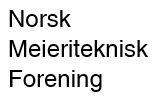
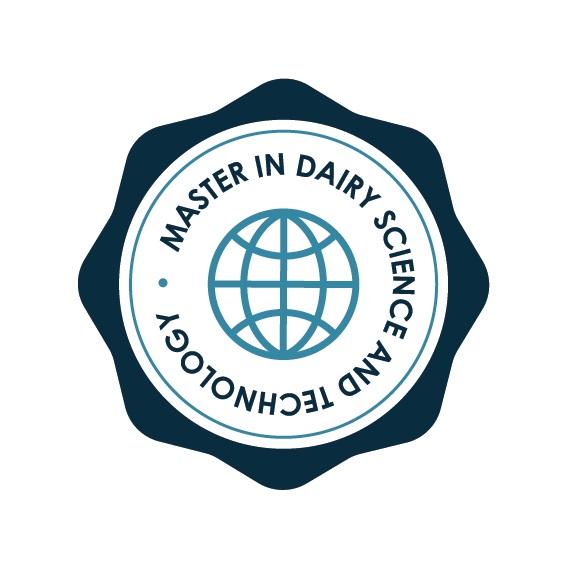


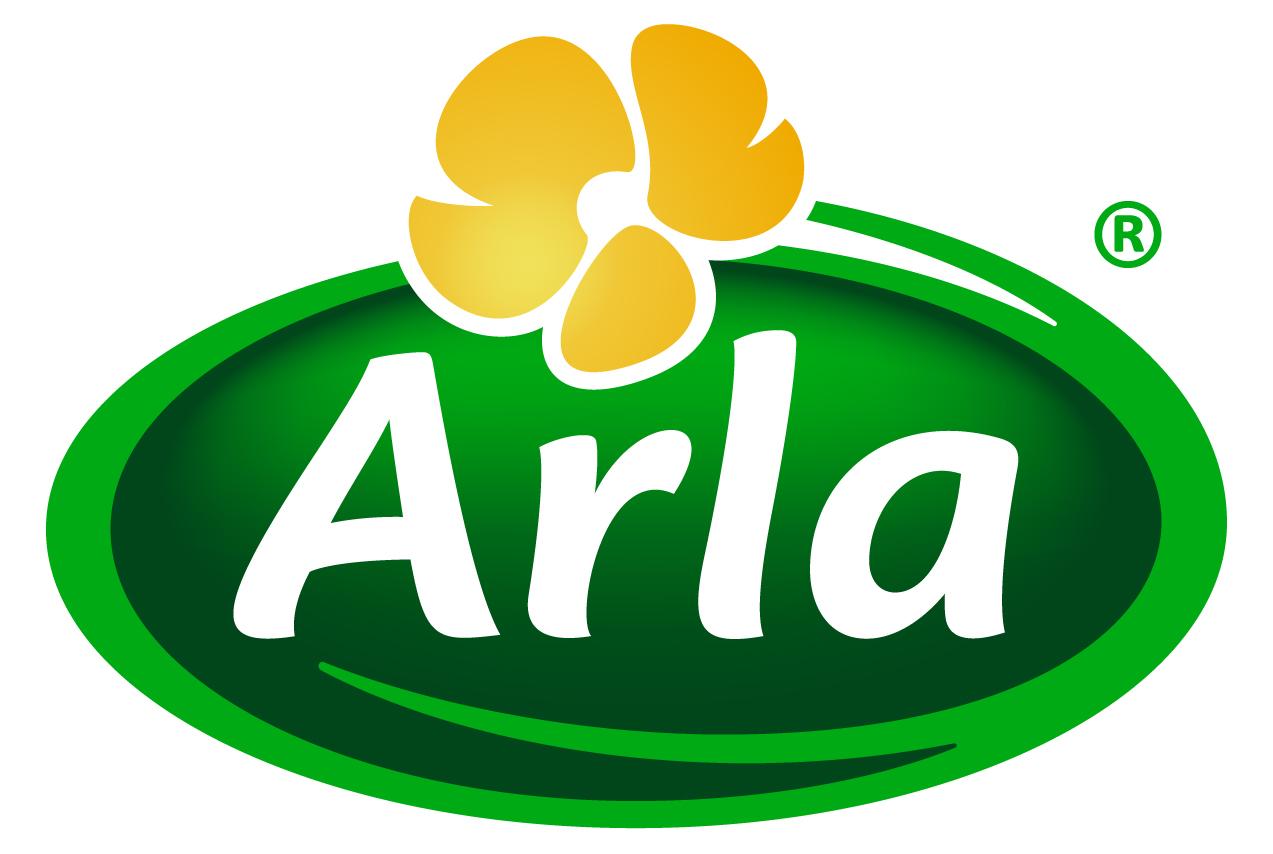

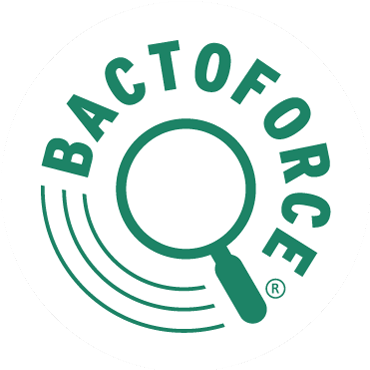

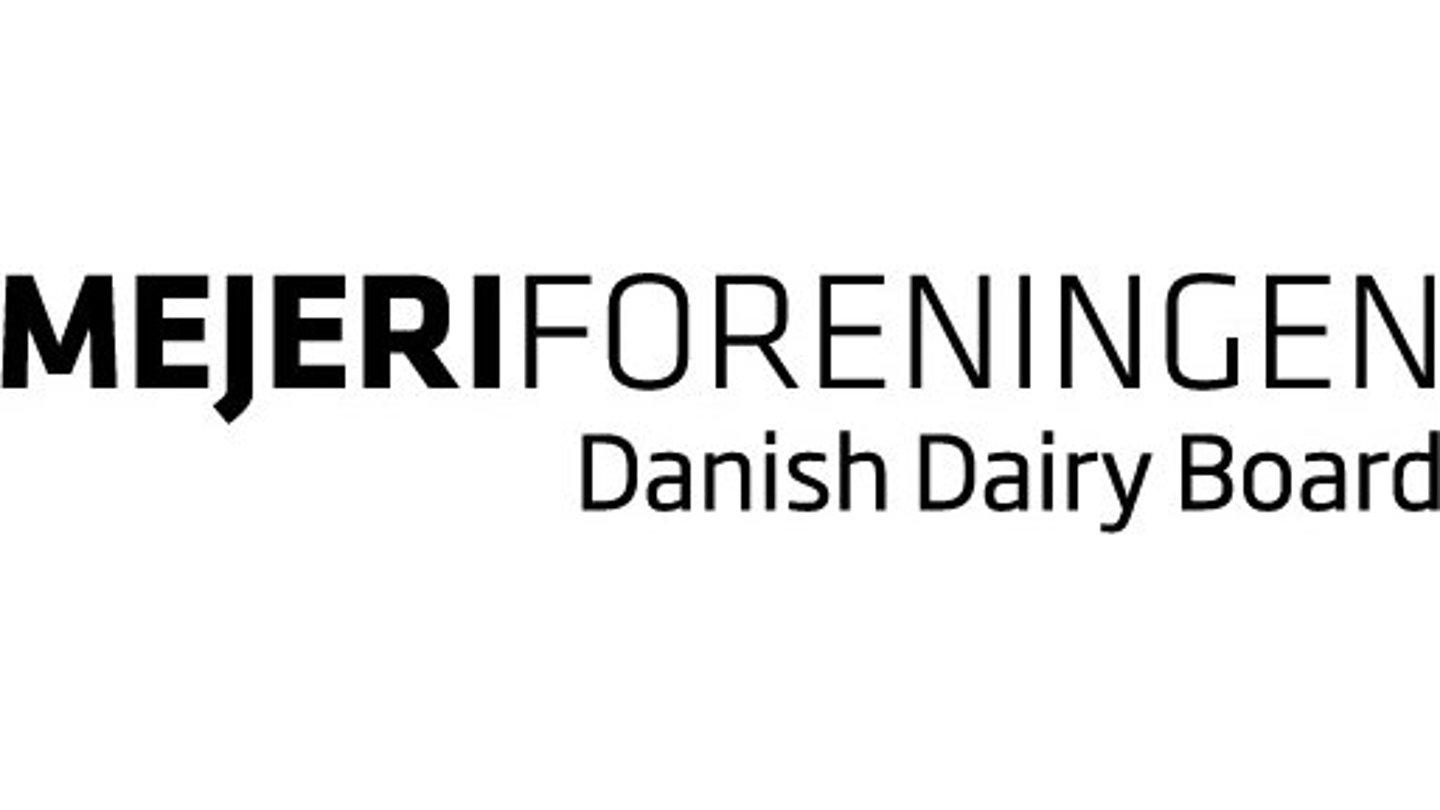
 Munkehatten 28
Munkehatten 28